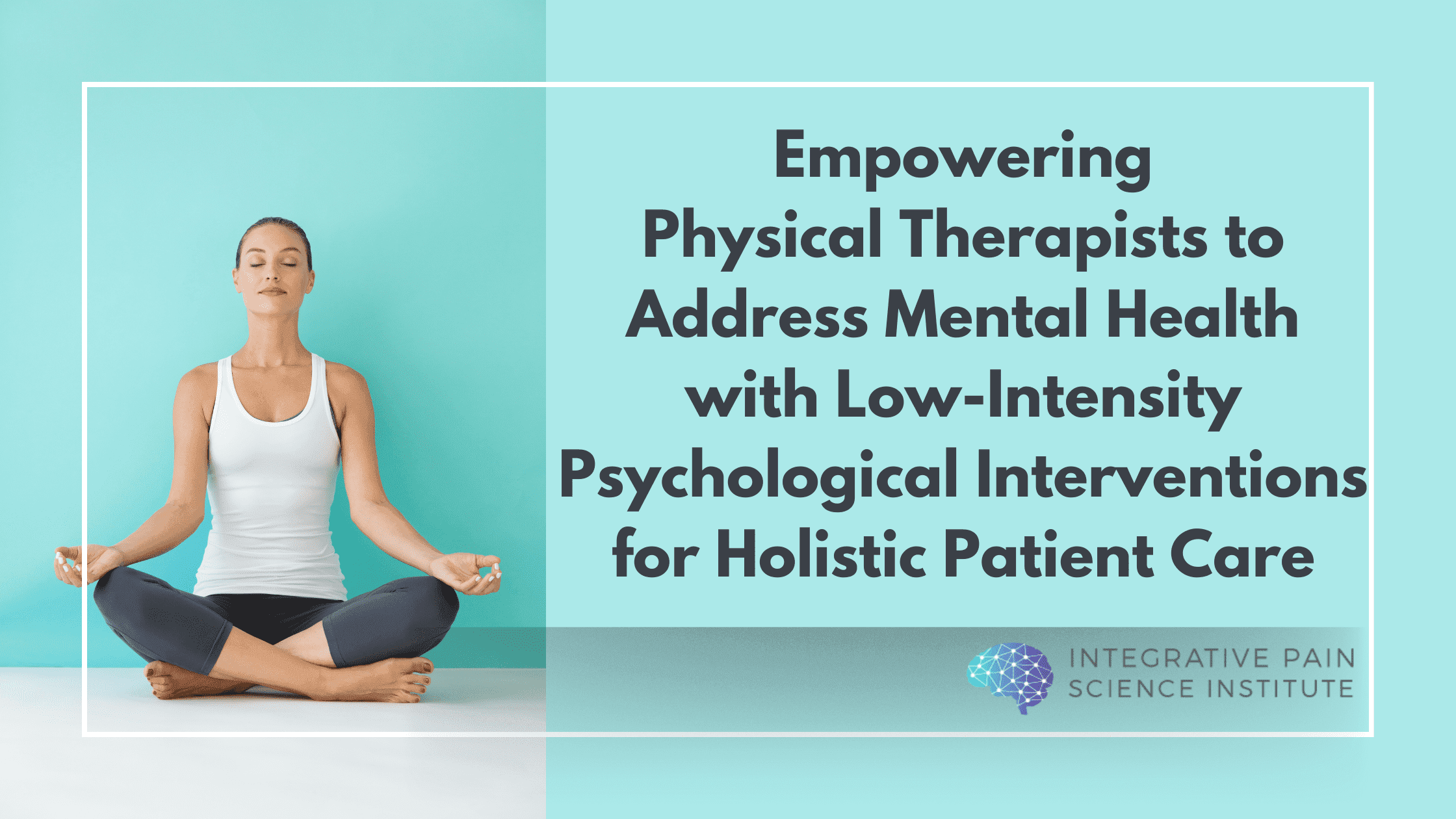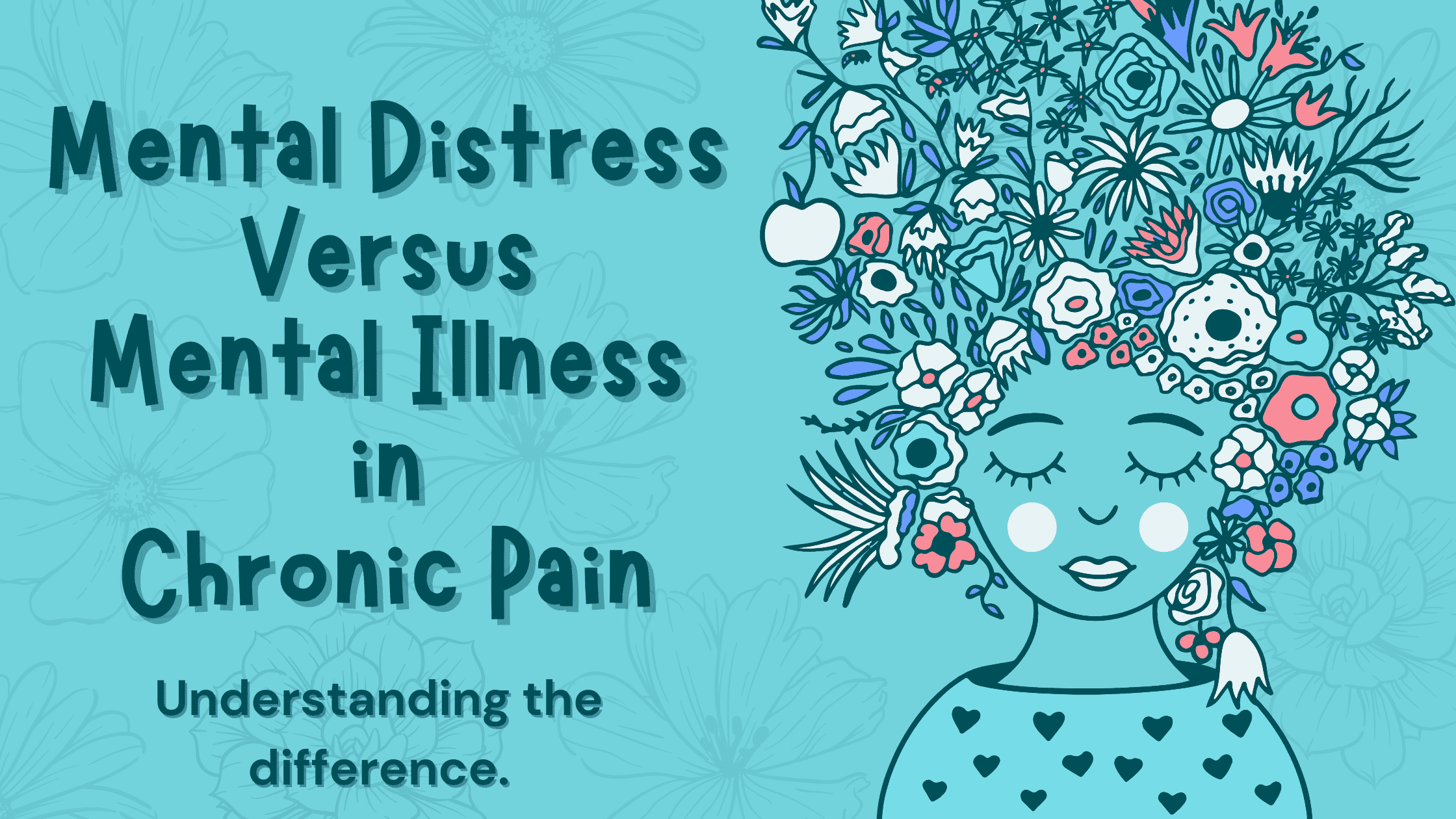If you are dealing with any kind of pain, then dietary changes might be in your future. We Americans have been led to believe that certain foods are “good” for us, but our immune system often sees some foodstuffs as the enemy. Do you have brain fog, headaches, fatigue, loss of energy, pain in your bones, muscles, and joints, numbness in your arms or legs, skin rashes or depression? If you answered yes to any of these, then it’s time to ditch certain grains, and I’ll explain why!
Gliadin is the protein in wheat that can cause an autoimmune reaction in some, where the body begins to attack its own organs; it is also associated with fibromyalgia and spondyloarthritis.(1) Celiac disease is the genetic autoimmune disease to wheat that damages the villi in the intestines, leading to inflammation, malabsorption, malnutrition, infertility, reduced bone density, neurological disorders and other autoimmune diseases. One percent of the population has celiac disease, but many people are undiagnosed or misdiagnosed with irritable bowel syndrome and other types of painful digestive disorders. However, not all people who react to gluten have celiac disease. The term utilized for those who don’t have celiac, but have a definite reaction to the gluten in grains, is non-celiac gluten sensitivity (NCGS). Food sensitivities like NCGS lead to pain and inflammation because they over-stimulate the immune system. Do you have symptoms of an over-active immune system?
Five ways gluten is linked to pain
- Related to Joint and Muscle Pain

Widespread pain and tenderness are often referred to as fibromyalgia. Like arthritis, it can impair the joints and soft tissue, causing chronic pain.(2) Many who suffer from fibromyalgia also experience fatigue, sleep disturbance, headaches, and painful menstrual periods. A paper published in Rheumatology International reported that patients with fibromyalgia who eliminated gluten from their diet not only saw a reduction in their joint and muscle pain but also saw improvements in gastrointestinal and neurological symptoms. (3)
- Related to Headaches and Migraines
Migraines can be severe, debilitating headaches that occur on occasion and up to several times per week, lasting hours or days. Those with migraine headaches report throbbing pain on either or both sides of the head, nausea, fatigue and other discomforts. Researchers have not pinned down an exact cause of headaches or migraines, but without a doubt, diet and lifestyle factors are known triggers.
- Related to Balance Problems and Incoordination
Gluten can create neurological problems too, such as gluten ataxia. This is a rare, neurological autoimmune condition where antibodies that are produced in response to gluten digestion then attack the brain. This results in difficult-to-diagnose balance problems, gait abnormalities, coordination issues, and trouble with gross motor skills.(4) Peripheral neuropathy is another side effect of gluten that causes pain and numbness in the hands and feet, making it challenging to walk or hold onto objects.
- Related to Skin Rashes
Reactions to gluten can manifest as skin issues such as psoriasis, an autoimmune disorder where the skin is dry or cracked, or covered with a silvery, scaly texture that can sometimes bleed and scab. Eczema, which leaves skin itchy, inflamed and irritated, often improves on a gluten-free diet. Urticaria (or hives) are raised, itchy bumps on the skin, often related to food sensitivities. I had a patient, a busy mother of two young children, who suddenly had a painful, red rash on the outer side of her ring finger. She tried every lotion and cream the doctor recommended and even stopped wearing her wedding band. This went on for over a year until I suggested she get rid of the gluten in her diet, and the rash disappeared!
- Related to Digestive Pain and Upset
Gluten sensitivity, with or without Celiac Disease, can cause a wide range of digestive symptoms that are often confused with other diseases, such as IBS. Painful ailments like abdominal discomfort, bloating, flatulence and diarrhea often improve or completely resolve with a gluten-free diet. (5)
Symptoms of Nonceliac Gluten Sensitivity (NCGS)
GUT SYMPTOMS
- Bloating
- Abdominal Pain
- Diarrhea
- Constipation
- Gas
- GERD (gastroesophageal reflux)
- Nausea
SYSTEMIC SYMPTOMS
- Fatigue
- Bone Pain
- Muscle Pain
- Joint Pain
- Ataxia
- Numbness
- Loss of balance
- Skin rashes/dermatitis
- Weight gain
- Depression
- ADD/ADHD
How to avoid gluten
By this point, you are likely beginning to contemplate the connection between the gluten in certain grains and your daily struggles with pain. Many people don’t know how to start a gluten-free lifestyle. It’s important to understand that gluten is found in these grains:
wheat faro semolina triticale
spelt durum barley oats*
kamut bulgur rye
Although oats do not contain gluten, they are often cross-contaminated during packaging. Therefore, purchase only those oats with a label that states “processed in a facility that does not process grain.” Otherwise, consider oats to contain gluten.
Grains that are considered to be gluten-free include:
amaranth quinoa wild rice
buckwheat rice sorghum
millet teff oats (see above)
You may be asking yourself, “What do I eat?” Click To Tweet
 Unless you are buying whole-foods, which you know are not gluten-containing grains, you will need to look at the label for the ingredient list. Although some foods are labeled as gluten-free, the FDA does not regulate all types of foods. Therefore, you should always read the ingredient list looking for gluten-containing ingredients and check the advisory statement at the end of the ingredient list for declarations of allergens.
Unless you are buying whole-foods, which you know are not gluten-containing grains, you will need to look at the label for the ingredient list. Although some foods are labeled as gluten-free, the FDA does not regulate all types of foods. Therefore, you should always read the ingredient list looking for gluten-containing ingredients and check the advisory statement at the end of the ingredient list for declarations of allergens.
If you are beginning to appreciate the connection between your morning bagel and afternoon deli sandwich, and the daily struggle with pain and inflammation, you may be asking yourself, “What do I eat?” The gluten-free boxed goods that are so widely available may not be the best substitute because they are often processed foods that are high in sugar, fat, and calories, may spike your blood sugar, can cause weight gain and – you guessed it – pain! A better option is to just eliminate the grains with gluten from the menu with little or no substitution. This means having a burger with no bun (or try a lettuce wrap), a sandwich in a tub (the sandwich meat, veggies and dressing in a tub), go for more salads, or choose restaurants that offer a variety of safe options, such as Mexican-style fare in a bowl with brown rice, meat, avocado and veggies.
If you have chronic pain, try going gluten free, 100% of the time, for 100 days. Click To Tweet
If you have chronic pain, try going gluten free, 100% of the time, for 100 days. There is no risk in going gluten-free, so what do you have to lose?
Pain-free is possible,
Dr. Joe Tatta, DPT, CNS



